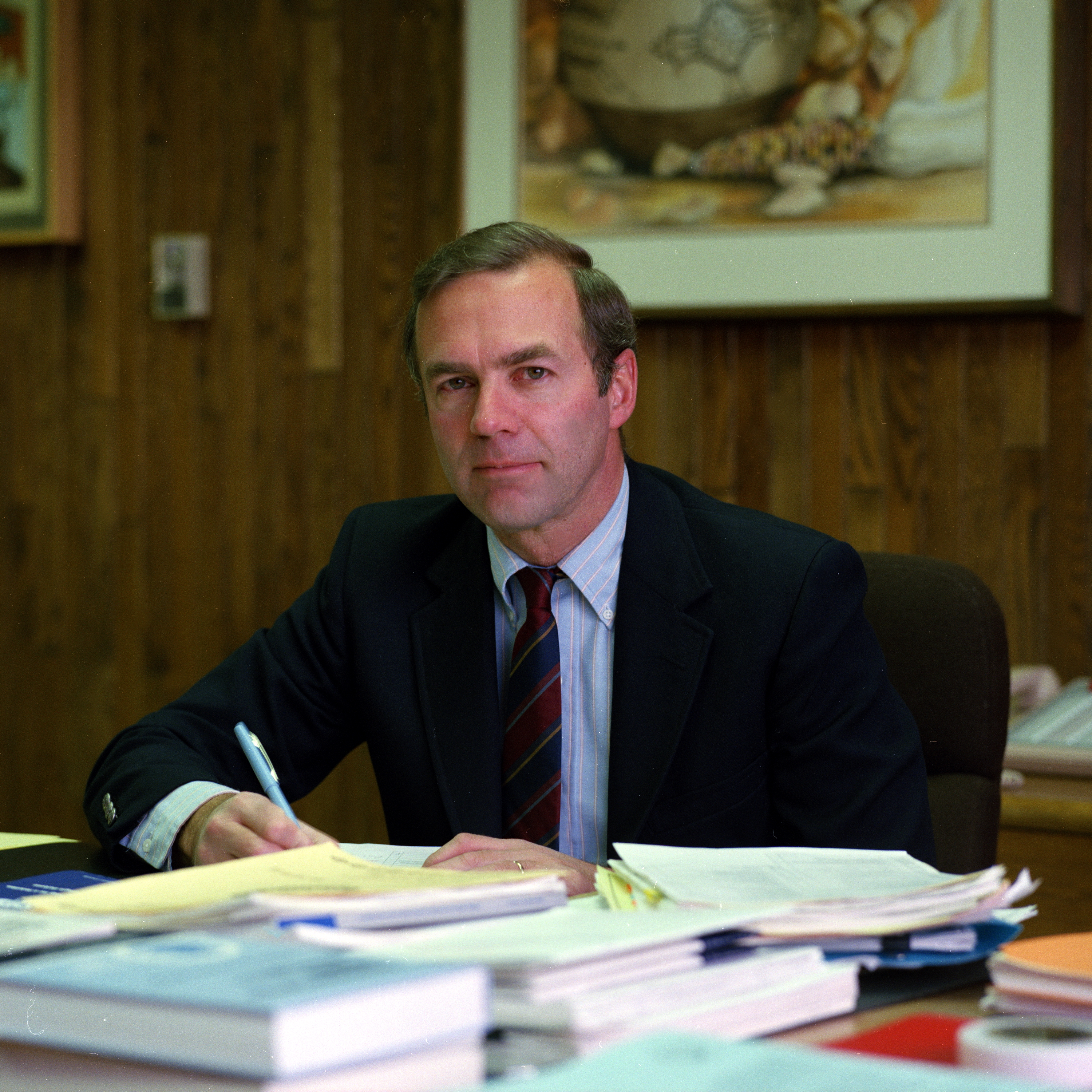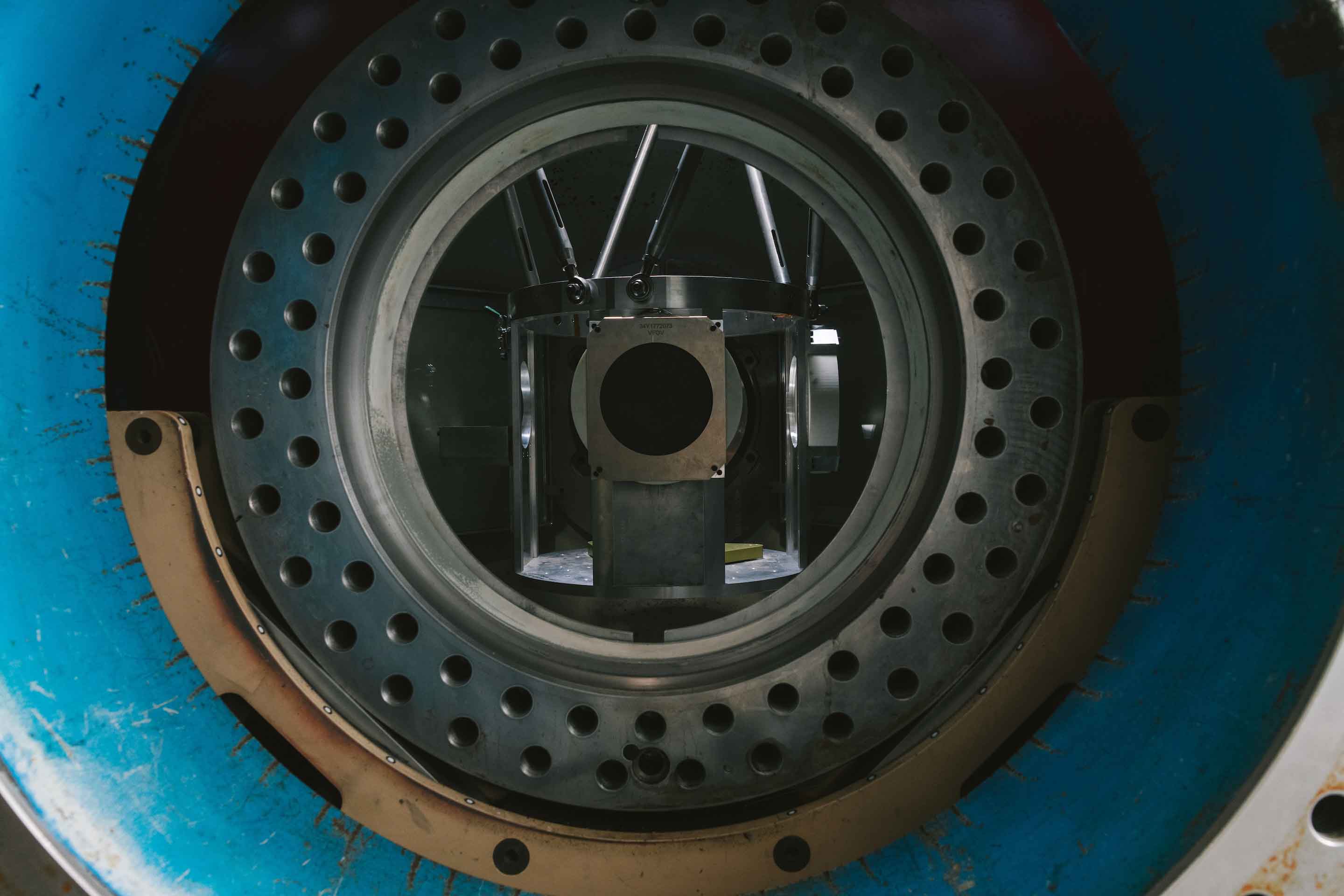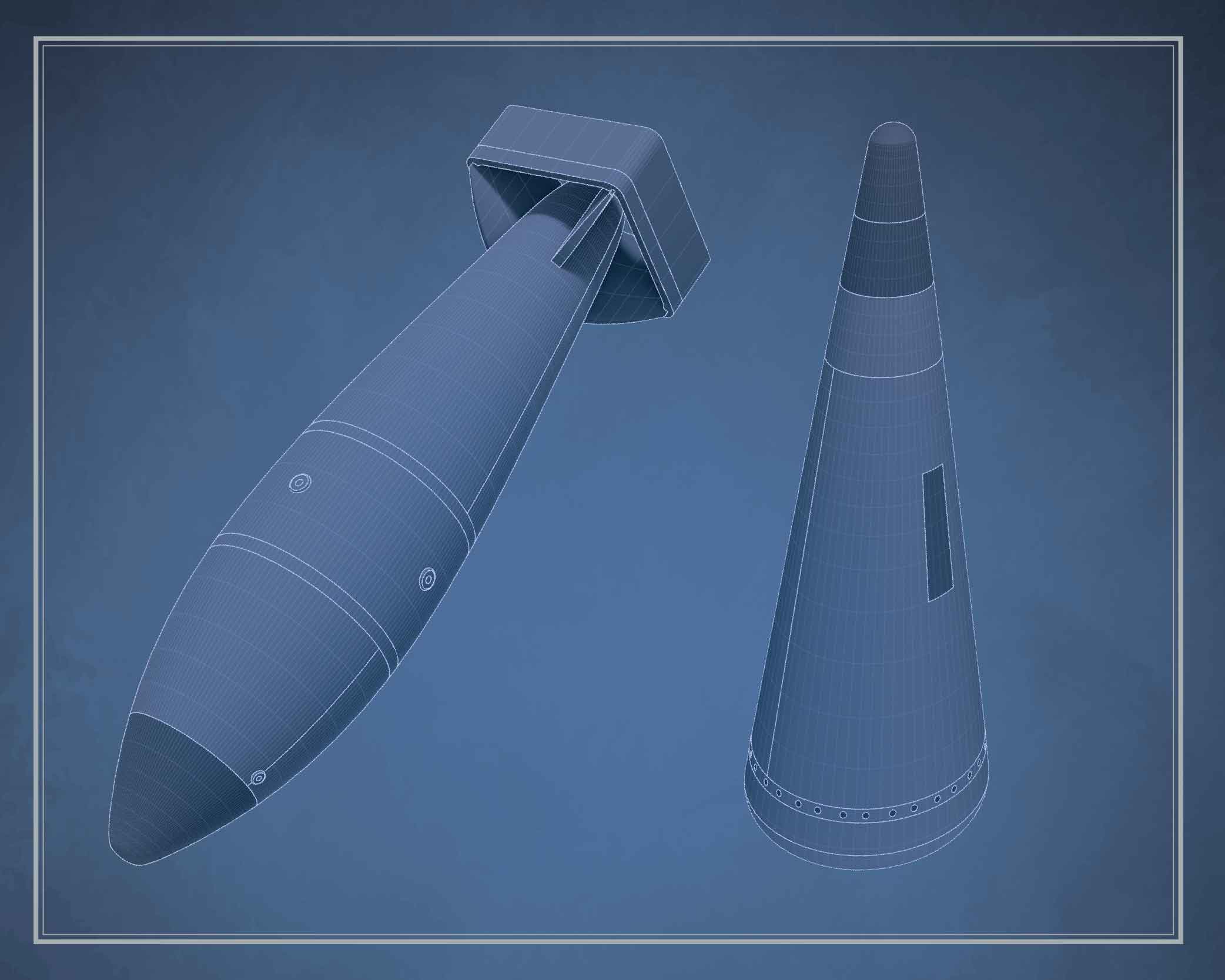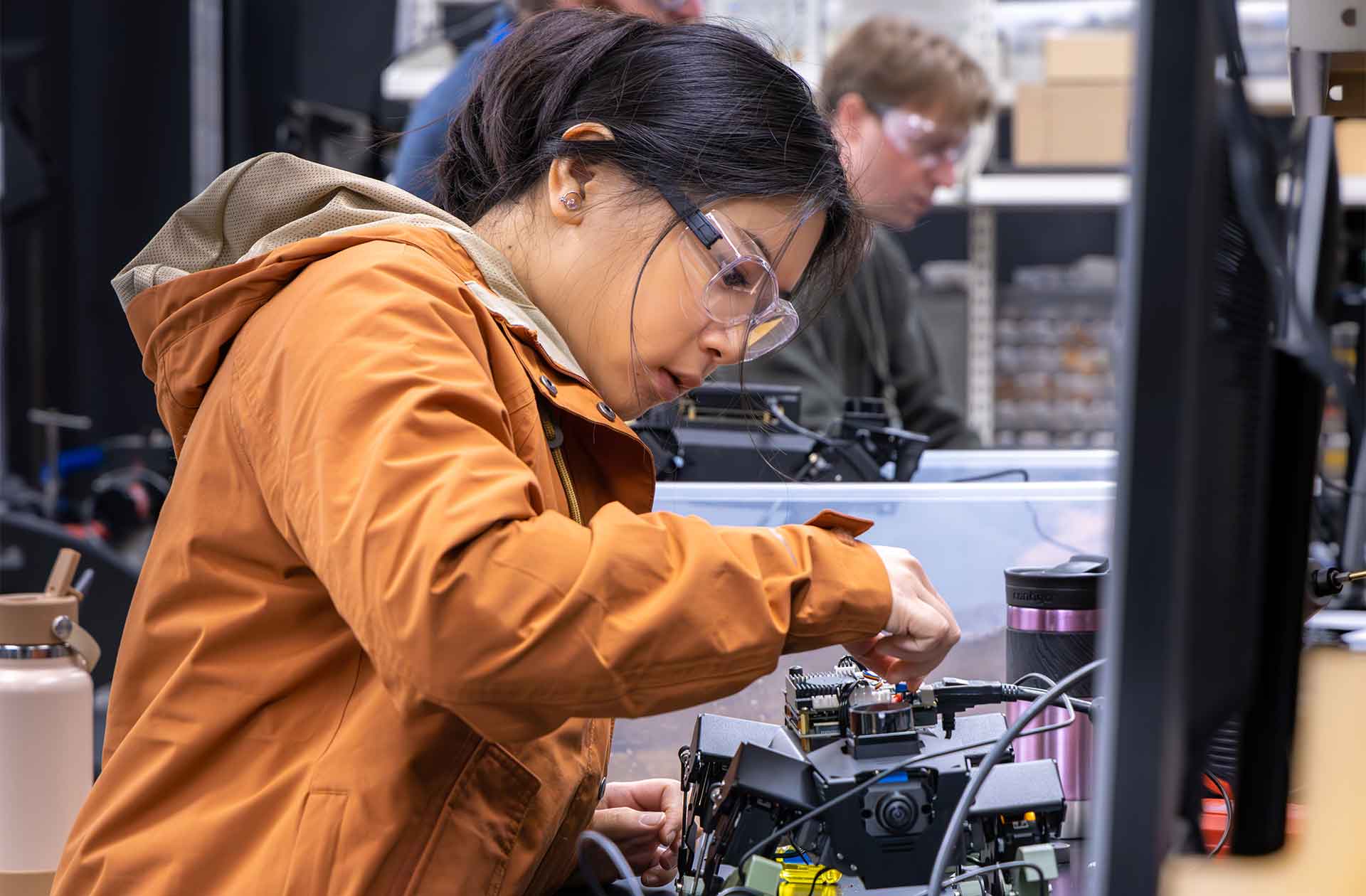Move over, popcorn!
Microwaves can now be used for weapon ignition.
- Katharine Coggeshall, Writer

Cannons have been around since the 13th century (maybe even earlier), and they remain an essential component of modern ground warfare. Traditionally, cannons (artillery) use the mechanism of a firing pin, which must physically strike an igniter material in order to launch a projectile. But now, thanks to work by Lee Perry and Amanda Duque of the Lab’s Explosive Science and Shock Physics Division, a cannon can be fired without direct physical contact, using microwaves.
We’re not talking about soldiers armed with kitchen appliances here, but rather about the electromagnetic radiation (called microwaves) used by the kitchen appliances to heat our food. “These types of electromagnetic waves are also used for communication and radar and now, for ignition,” Perry says.
As in a kitchen appliance, the microwave radiation used in Perry’s experiments is sourced from a magnetron, which combines high-voltage electrons with a magnetic field to create microwave radiation. These microwaves are funneled toward a target, such as food in a microwave oven or ignition material in a weapon.
“Microwaves are an unusual energy source for weapon ignition,” Perry says, “but there are a number of benefits, even though there were challenges to overcome.”
The main challenges for Perry and Duque were working within the confines of existing weapon hardware and matching the impedance of the incoming microwave energy to the energetic material to be ignited. These are complex problems that no one else has ever solved, but Perry and Duque were equipped with years of experience in energetic materials.
With support from the U.S. Army, Perry and Duque solved the unsolvable—achieving microwave ignition to fire a cannon. This achievement eliminated the need for a cannon firing pin and associated mechanical bits. In fact, with microwaves, the cannon was ignited without physical contact; that is, the ignition material was lit directly by the microwaves.

“A benefit of microwaves,” Duque says, “is that we can reach a higher volume of the ignition material. We can even ignite materials that are traditionally very challenging to ignite by conventional means.”
When it comes to propulsion, such as propelling a bullet through a gun or a rocket through the sky, the goal is fast movement. This movement is achieved by igniting a certain type of material that generates enough energy to launch something (even very heavy things, such as artillery ammunition). The more material that gets ignited, the more energy that can be harnessed for propulsion. Given that microwaves ignite a greater volume of material, the resulting propulsion distance may also be increased.
But as it turns out, there’s room for wider application of microwaves in the field of weapons. Perry and Duque are starting to consider how pre-exposing a high-energy explosive (like that used to detonate a bomb) to microwaves can change the explosive’s microstructure and enhance its performance.
“Specifically, we are looking at plastic-bonded explosives (PBX), which are mission-critical materials for the Lab, and we are trying to enhance their performance,” Duque says. Exposing PBX to microwaves before detonation may change the material’s energetic response to shock. It’s a novel concept, and one with a large payoff in terms of potential performance.








